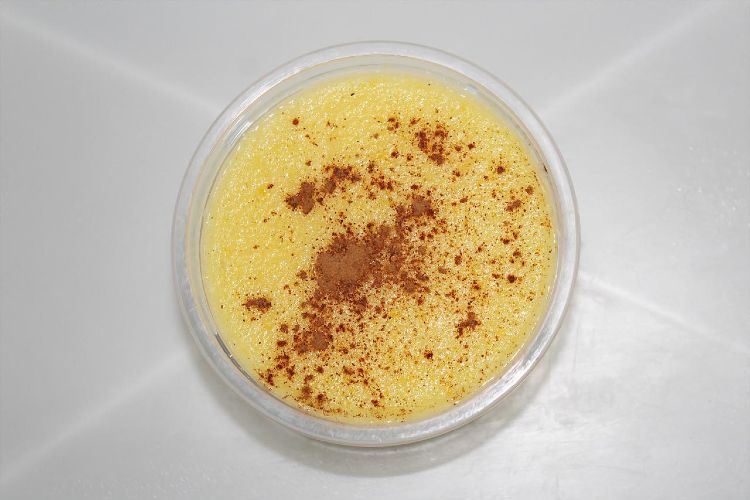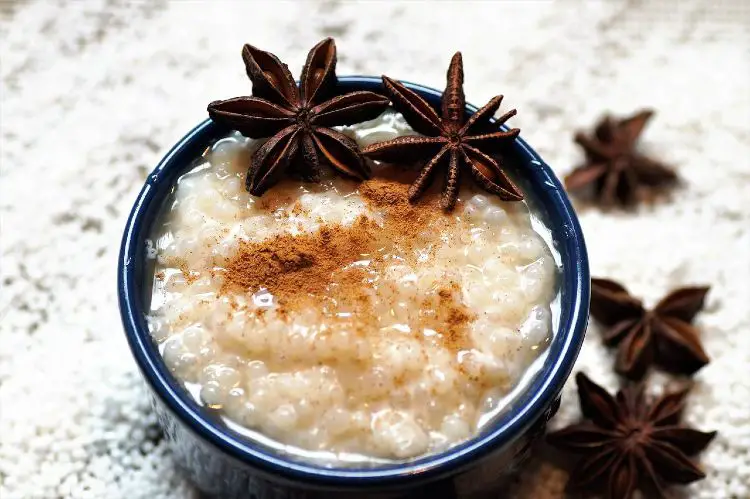Sparkenhoe Farm Red Leicester Cheese
Barely a mile across the border from Warwickshire is Sparkenhoe Farm, near Hinckley in Leicestershire. With its clay loam underfoot, Hinckley is traditional Red Leicester cheese producing territory. The name of the farm was derived from an old Leicestershire name for a Medieval “one hundred” area, which was a term used to distinguish an administrative region within a shire. Sparkenhoe Farm is situated within this area.
By 1938 there were no recorded farms making the cheese in the area, yet local reports suggest a Mr Shepherd of Bagworth continued until 1956. Fortunately it was here, in 2005, that artisanal farmhouse Red Leicester cheese production was revived.
David Clarke, a third generation farmer, purchased a herd of 160 Holstein-Friesian cows and a small plot of farmland down the road from his family farm. For a time he sold the milk directly to a local dairy. One night in his local pub David was bemoaning the lack of good quality Red Leicester cheese in the area. Pointing out that his farm used to make farmhouse cheese from the years 1745-1875, by George Chapman and his herd of longhorn cattle, his friends suggested he start producing it himself.
Complete novices, David and his wife Jo decided to take a short three-day cheese-making course at Reaseheath College of Further Education in Cheshire. Inexperienced and armed with only a very basic recipe, they started cheese-making.
“The first batch was terrible!” admits Jo. But after a major wholesaler came down to visit them and bought seven cheeses, Jo and David were quick to ring round all the other wholesalers to tell them that customers were buying traditional farmhouse Red Leicester. A rush of orders followed.
They decided to set out on this venture on a professional basis, digging old cheese vats out of nettles in abandoned fields on the farm and welding together a sealed cheese making vat. The production process could then start to develop with a little help from local experts at the farmers’ market. Dairymaids from a bygone era tasted the cheese and divulged how they thought it should and should not be made. With advice, recommendations and dusty old hand-written books, Jo learned how traditional Red Leicester should taste and look.
As the recipe developed so did the atmosphere of the cheese ageing rooms. The smell of fresh beech wood gradually dissipated and was replaced by an earthy, grassy and musty aroma.
David, Jo and a team of five local people now make cheeses three times a week in the traditional 20kg flat cartwheel moulds as well as 10kg versions which fit comfortably in a TNT express delivery box. The 20kg flat rounds have a deeper, more complex flavour since they develop more slowly, over a longer period of time.
The milk arrives at the parlour in the very early hours of the morning and the curds and whey are separated. The curds are cut into blocks, then turned to release more whey, put through the mill and salted. After pthe curds are poured into flat rounds, they are then pressed for 24 hours, and turned and pressed again for a further 24 hours. Finally the flat wheels are bound in cloth and lard and stored on wooden racks to mature.
Traditionally Red Leicester tastes at its optimal best at around 4-6 months’ maturity. At Sparkenhoe Farm they sell the cheese aged around 6-7 months in order to develop the deeper tones. They also sell a special Sparkenhoe Vintage, aged for 18 months which has great depth of flavour although this is not a classic, traditional profile of Red Leicester cheese.
The cheese is a deep, golden orange in colour. Historically the cream and the best of the milk were set aside to make Stilton and only the leftover milk was used to make the hard Leicester cheeses. This milk was poorer in comparison and meant the cheese often turned out pale, unlike the top of the milk cheeses which contained higher levels of grass carotene, eaten by the cows out in the summer pastures. Adding colouring such as carrot juice was a practice designed to cover up the pale paste. Nowadays the same orange colour is achieved using a dye called annatto. Derived from the seeds of the achiote tree of tropical and subtropical regions round the world, annatto is an orange food colouring traditionally used in the making of Gloucester, Cheddar and Leicester cheeses, as well as breakfast cereals and smoked fish.
Flaky and silky to the touch with a slightly open, chewy texture, the flavours of Sparkenhoe Red Leicester are nutty, smooth and rich. Historically Red Leicester is a younger creation than most of the other British territorial cheeses and consequently the methodology of its making was influenced by vernacular cheese-making practices. Using up surplus and leftover milk from Stilton production, Red Leicester was a cheese that was created to mature slowly over time.
Traditionally it was made by the Stilton dairies and local farms of the area but the rising popularity of Stilton meant a lack of surplus milk was available from the three counties allowed to supply it, namely Leicestershire, Nottinghamshire and Derbyshire. Consequently its production and quality decreased, with more of the cheese being produced outside Leicestershire than in it, ironically. Red Leicester cheese has no PDO {Protected Designation of Origin} status from the European Union. Even the larger Stilton dairies which make Red Leicester in Leicestershire tend to produce an unusually sweet and simple flavoured cheese.
Farmhouse Red Leicester cheese is particularly flavoursome used in cooking, for example in tarts, soups, sauces and quiches, and provides colour and interest to a traditional British cheeseboard. It is very popular on a ploughman’s lunch with watercress salad and finely chopped shallots. In Leicestershire they traditionally grate the cheese over milk-soaked bread spread with mustard and bake it till crisp and golden.
Further Information
Sparkenhoe Farm: www.leicestershirecheese.co.uk
Follow on Twitter: @SparkenhoeFarm


